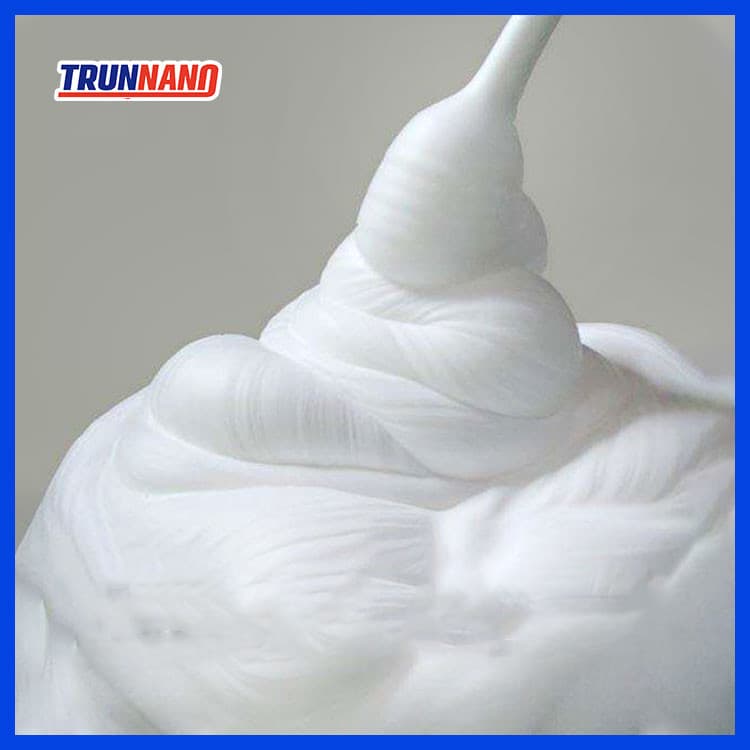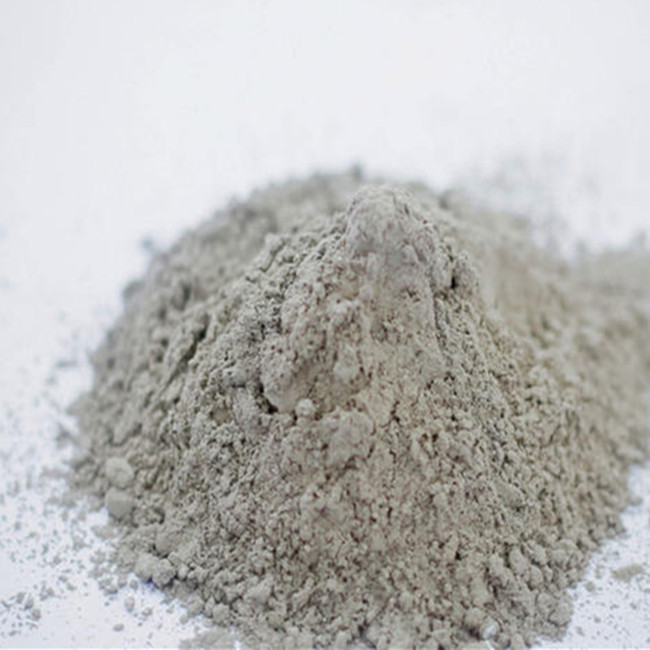Professional solutions on concrete addtives, Concrete Foaming Agent, Superplasticizer, CLC Blocks Additives, and foaming machine
(Production mode of foam concrete: physical foaming VS. chemical foaming)
Production mode of foam concrete: physical foaming VS. chemical foaming
There are two main production methods of foam concrete: one is physical foaming, the other is chemical foaming. We may use TR30 CLC Foaming Machine Concrete Foam Generator.
Physical foaming process
Physical foaming refers to introducing air, nitrogen, hydrogen, carbon dioxide or oxygen into the slurry formed by cement, cementitious materials, foam stabilizer and water by mechanical method to form a relatively stable slurry system. The stability time of the slurry system should be greater than the initial setting time of the cement. For the physical foaming of foamed concrete, it is generally used to make foamed concrete by introducing air into the cement foaming machine with cement foaming agent and mixing it with the paddle body.
Physical foaming technology is widely used in the fields of floor heating, terrace, roof slope, precast slab and so on. In addition to good foam stabilizer, the key technology is the structural design of foam generator. In the formulation design of the foam stabilizer, the interaction with the foaming agent is not considered, so the selection freedom is large. In terms of equipment, an air compressor and foam generator are used more than the chemical foaming process.
Chemical foaming process
Chemical foaming is to mix the substances (foaming agent) that can react chemically and produce gas together with cementitious materials, foam stabilizers and water, and then pour them into shape. The temperature is controlled to make the foaming agent react to produce bubbles. The best reaction state is that there is almost no reaction during the mixing molding, and the reaction is gradually completed after molding and before the initial setting of cement. The principle of chemical foaming of foam concrete is the same as that of steamed bread. Aluminum powder and hydrogen peroxide are the most common foaming agents in the market.
The machinery used in the chemical foaming process is relatively simple. Since the foaming agent of the cement slurry continues to produce bubbles after pouring and before initial setting, it has the effect of expansion, so the chemical foaming process is mostly used for filling, plugging, reinforcement and other occasions, and can also be used in the field of precast slabs.
Types of foaming agents
Ø Polymer Cellular Lightweight Concrete Foaming Agent
Ø TR-C Polymer Foaming Agent
Ø TR-A Concrete Foaming Agent
Main differences between physical foaming and chemical foaming
l Different principles
Chemical foaming is to generate gas through chemical reaction to form bubbles inside the concrete mixture, while the physical foaming process is to use surfactant to reduce the surface tension of water, so that the water film can cover the air to form bubbles under the action of the foam maker, and the bubbles are introduced into the concrete mixture by the foam mixer.
l Different processes
The chemical foaming agent mixed into the concrete mixture is the chemical foaming agent, which is mixed first and then foamed; However, the bubble aggregate (foam) mixed into the concrete mixture by the physical foaming process is made first and then mixed.
l Different slurry changes
After adding foaming agent, the volume of concrete mixture used for chemical foaming will gradually expand and increase with the beginning of foaming; However, after the foam is mixed into the concrete mixture, the volume of the physical foam making process will reach the maximum, and will not expand or increase, sometimes it will shrink.
l Different hole shapes
The pores formed by physical foaming are small, and it is difficult to form uniform large pores of more than 5mm. Chemical foaming can form both fine pores and large pores of 3-10mm.
Requirements of the Concrete Chemical Foaming for Its Mixing Equipment
According to the characteristics of chemical foaming, ordinary concrete mixers or mortar mixers are definitely not acceptable. Chemical foaming has some special requirements for mixers that are different from ordinary concrete or ordinary mortar mixers.
1. High-speed or ultra-high-speed mixing
Because chemical foaming requires high uniformity and has a physical activation effect on the slurry, conventional low-speed mortar mixers or concrete mixers are difficult to achieve. The rotation speed of the conventional mixer is only 20-40r/min, and the rotation speed is too low. It is difficult to achieve high uniformity and physical activation. The rotation speed of the chemical foaming mixer should reach 1400~3000/min in the late stage of mixing (after 2min).
2. With stepless speed change or speed regulation function
If only one mixer is installed in the mixing system, in order to adapt to the different characteristics of the three stages of foamed cement mixing: dry first, then thin, and then thick, the speed of the mixer must first mix the dry material at low speed, then mix the thin slurry at medium high speed, and finally exceed High-speed activation and mixing of blowing agent. In this way, the use of constant speed stirring is not feasible, and it is necessary to adopt stepless variable speed or speed regulating stirring to adapt to the different speed requirements of different stirring stages.
3. The mixer must have the effect of uniformly mixing the upper and lower slurries in a very short time
It must have a strong effect of rapid mixing of the upper and lower slurries because the foaming agent is added later and added to the surface of the slurry. Otherwise the foaming agent floats on the upper part of the slurry, which will cause uneven foaming and excessive density difference.
4. The mixer should be the main vertical type
The horizontal mixer has large thrust and strong resistance to breaking, but it is difficult to achieve high speed. Therefore, horizontal mixing is only suitable for the initial mixing of cement and other solid powder materials with water to help overcome the large resistance of the initial mixing. But it is not suitable for the mixing of slurry in the middle and late stages. The speed of the horizontal mixer is too low and the mixing time is too long. Vertical high speed should be used in the middle and late stages. Only a vertical mixer can achieve high speed or super high speed.
5. Strong anti-blocking and anti-sticking ability, easy to clean
Most of the chemical foamed slurries have the characteristics of early strength and fast hardening, fast coagulation, and the slurry is easy to condense on the wall of the mixing drum and the mixing blades. It is difficult to clean, especially easy to block. Material pipelines and valves. The discharge valve is blocked during summer production, which is the most common production accident in the past two years. Therefore, it should have anti-blocking and anti-sticking function, and easy to clean.
Supplier
TRUNNANO is a foam generator supplier with over 12 years experience in nano-building energy conservation and nanotechnology development. It accepts payment via Credit Card, T/T, West Union and Paypal. Trunnano will ship the goods to customers overseas through FedEx, DHL, by air, or by sea.If you are looking for high quality concrete additive, please feel free to contact and send an inquiry.
(Production mode of foam concrete: physical foaming VS. chemical foaming)








